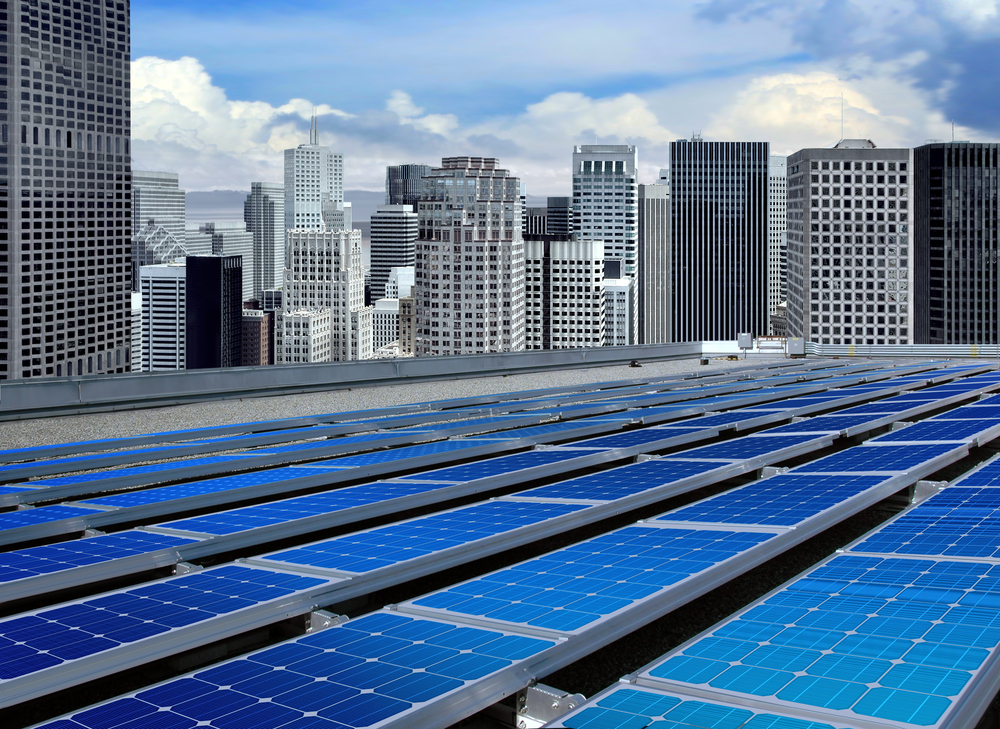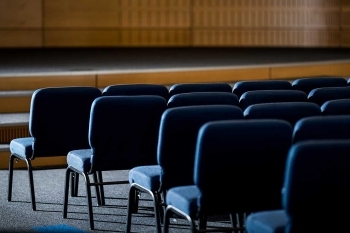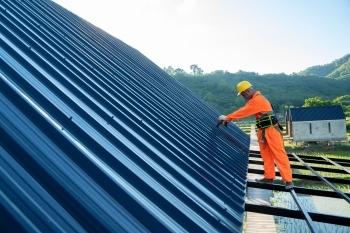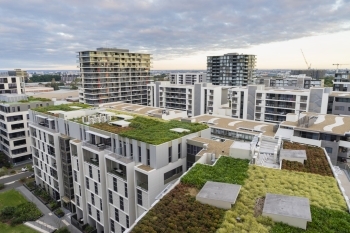
Maximizing Energy Efficiency in Commercial Roofing
In today's environmentally conscious world, businesses are increasingly seeking ways to reduce energy consumption and lower their carbon footprint. One area where significant energy savings can be achieved is through maximizing energy efficiency in commercial roofing. A well-designed and properly installed energy-efficient roofing system not only helps businesses reduce operating costs but also contributes to a greener and more sustainable future. In this article, we will explore key strategies for maximizing energy efficiency in commercial roofing.
1. Cool Roofing Materials
One of the most effective ways to enhance energy efficiency in commercial roofing is by using cool roofing materials. Cool roofs are designed to reflect sunlight and absorb less heat, reducing the amount of solar heat gain absorbed by the building. As a result, cool roofing systems can help maintain lower indoor temperatures, particularly during hot summer months, reducing the need for air conditioning and easing the strain on cooling systems.
Cool roofing materials are available in various options, including reflective coatings, single-ply membranes, metal roofing, and asphalt shingles. Each type offers distinct advantages, and the choice of cool roofing material should align with the specific needs and climate of the commercial property.
2. Roof Insulation
Proper roof insulation is essential for maintaining a consistent indoor temperature and preventing thermal loss. Insulation acts as a barrier, minimizing heat transfer between the interior and exterior of the building. By reducing heat loss during colder months and heat gain during warmer months, a well-insulated commercial roof helps stabilize indoor temperatures, leading to reduced energy consumption and enhanced comfort for occupants.
When planning a commercial roofing project, consider upgrading the roof insulation to meet or exceed local building code requirements and energy efficiency standards. Different insulation materials, such as spray foam, rigid board insulation, or cellulose, offer varying levels of performance and can be tailored to suit the building's specific needs.
3 .Roof Coatings
Applying reflective roof coatings to existing commercial roofing can significantly improve energy efficiency. Roof coatings create a reflective surface that bounces back a large portion of solar radiation, reducing heat absorption and cooling demands. Additionally, roof coatings help protect the roof membrane from UV degradation, extending the roof's lifespan and minimizing maintenance requirements.
Roof coatings are typically applied over various roofing materials, including single-ply membranes, metal, and built-up roofing systems. Engage a professional roofing contractor to assess your roof's condition and recommend the appropriate coating for optimal energy efficiency.
4. Green Roofing Solutions
Green roofing, also known as vegetative roofs, offers a unique and natural approach to energy efficiency. Green roofs consist of living vegetation, soil, and a waterproofing membrane installed on the roof surface. They provide excellent insulation, reducing heat transfer and improving indoor comfort.
Green roofing systems offer additional benefits beyond energy efficiency. They contribute to stormwater management by absorbing rainwater and reducing runoff. The vegetation also acts as an air purifier, removing pollutants and carbon dioxide from the atmosphere. For businesses committed to sustainability, green roofing is a compelling choice that enhances environmental performance and employee well-being.
5. Proper Roof Maintenance
Regular roof maintenance is essential for preserving energy efficiency in commercial roofing. Inspect the roof periodically for signs of damage, wear, or water infiltration. Addressing minor issues promptly prevents them from escalating into major problems that can compromise energy efficiency.
Engage a professional roofing contractor to conduct regular inspections and perform necessary maintenance tasks, such as repairing damaged areas, cleaning gutters, and ensuring the roof's overall integrity. A well-maintained commercial roof operates at peak efficiency and contributes to long-term energy savings.
Maximizing energy efficiency in commercial roofing is a proactive step towards reducing operating costs and creating a more sustainable business environment. By incorporating cool roofing materials, proper insulation, reflective roof coatings, green roofing solutions, and regular maintenance, businesses can achieve substantial energy savings and contribute to environmental conservation. A well-designed and energy-efficient commercial roofing system not only benefits the bottom line but also showcases the business's commitment to responsible and eco-friendly practices.






